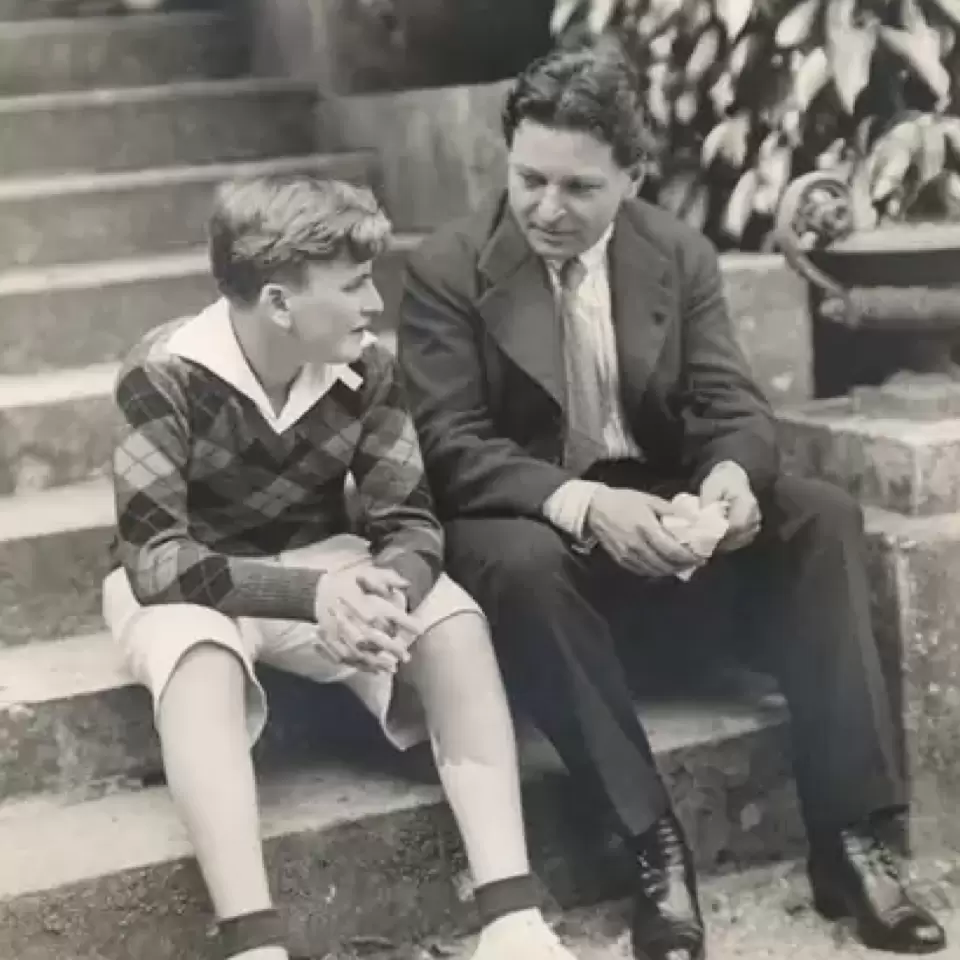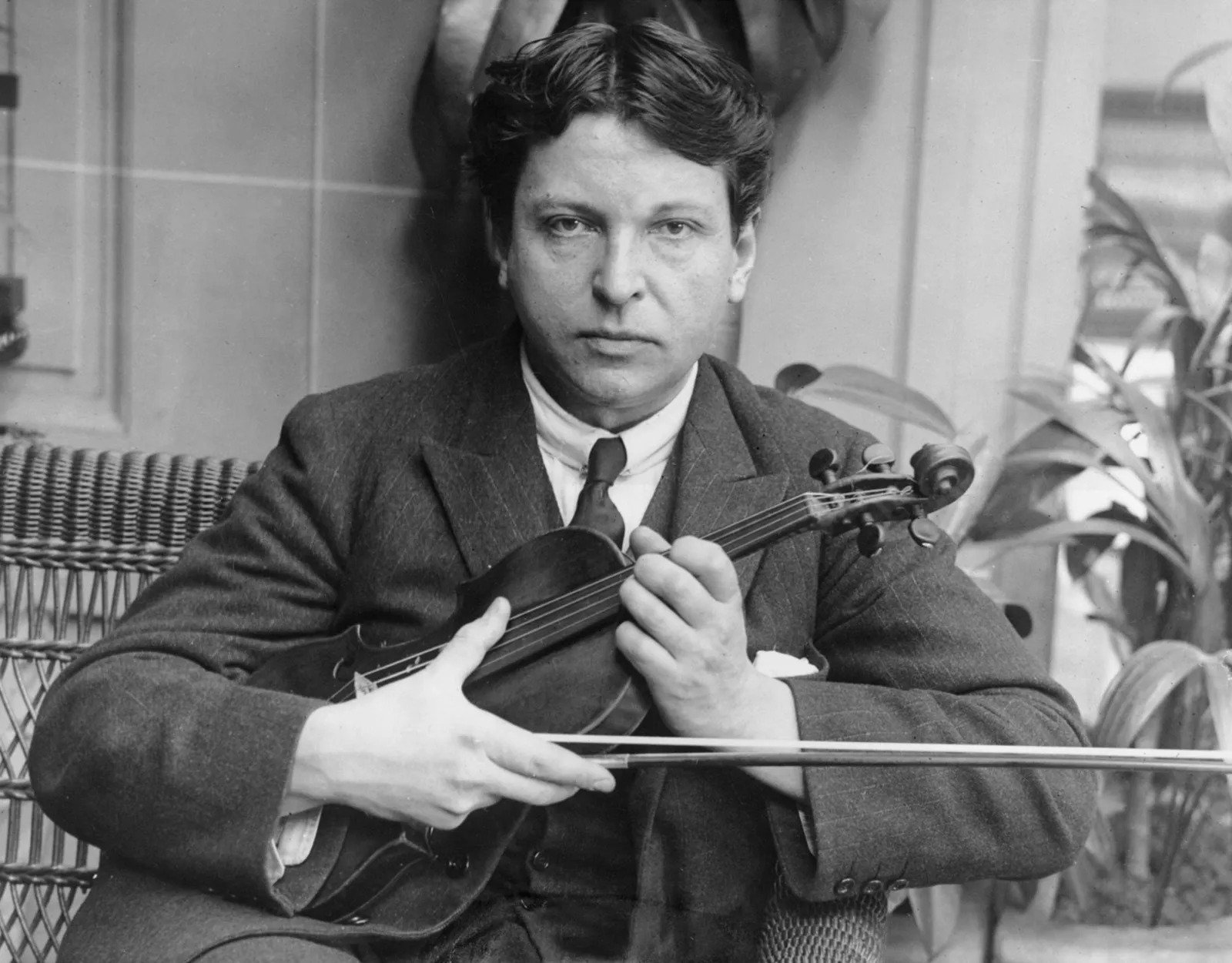About the George Enescu International Festival
A HISTORY OF EXCELLENCE AND ELEGANCE
Once every two years, thousands of musicians, the best orchestras and artists in the world enchant the public with their performances at the George Enescu International Festival. A complete cycle of the compositions of Romanian composer George Enescu, opera, Family Concerts, modern and contemporary music, world and Romanian premieres, alongside the best selection of Classic, Romantic and Baroque music reveal a truly unique event made with love, generosity and excellence.
The George Enescu International Festival has been held in Bucharest, Romania since 1958 to honour and celebrate the memory, the music and the personality of Romanian composer, pianist, violinist and conductor George Enescu – considered “the greatest musical phenomenon since Mozart”.
It began in the years when the communist regime was new. It reached its first peak in the years when Romania was a semi-detached member of the Soviet bloc and so was more open to Western artists than most Eastern European countries. Only the Yugoslav festivals were able to present the finest musicians from both blocs in the same way.
And it became what it is today: one of the top international classical music events wordlwide organized by Romania.
Among the Festival’s Artistc Directors and Honorary Presidents, great names of the classical music scene were involved during it’s fascinating history – such as Lord Yehudi Menuhin, Lawrence Foster, Cristian Mandeal, Ioan Holender and Vladimir Jurowski, to name just a few.



